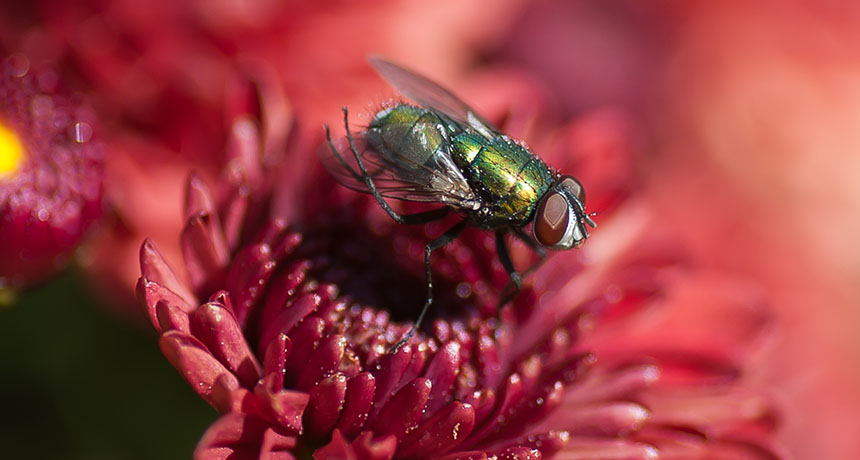Shimmer and shine may help prey sabotage predators’ aim
Computer game for birds shows the confusing side of iridescent coloring

SHIMMER FOR SAFETY That lovely iridescence on a greenbottle fly and myriad other animals might offer a bit of protection from predators.
Charles R Berenguer Jr/iNaturalist.org (CC BY-NC)






